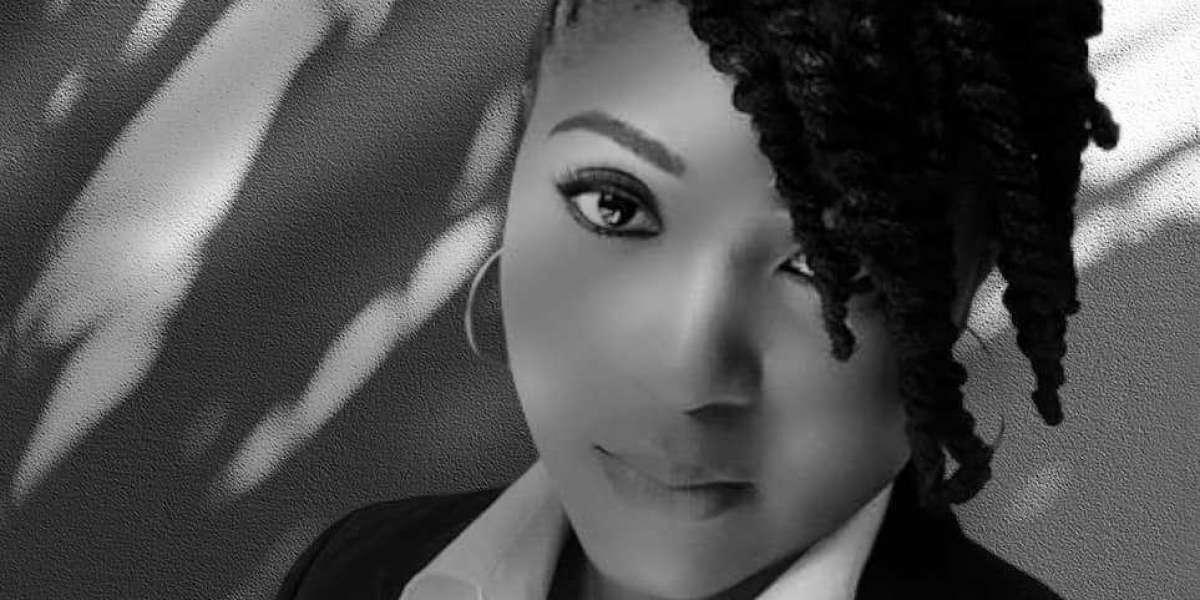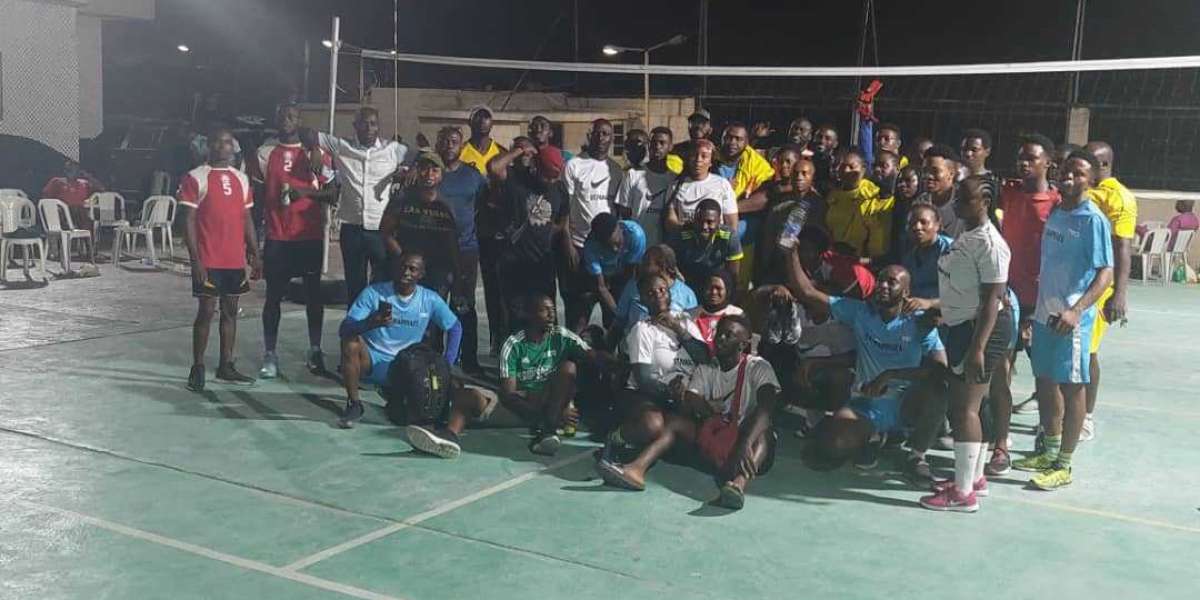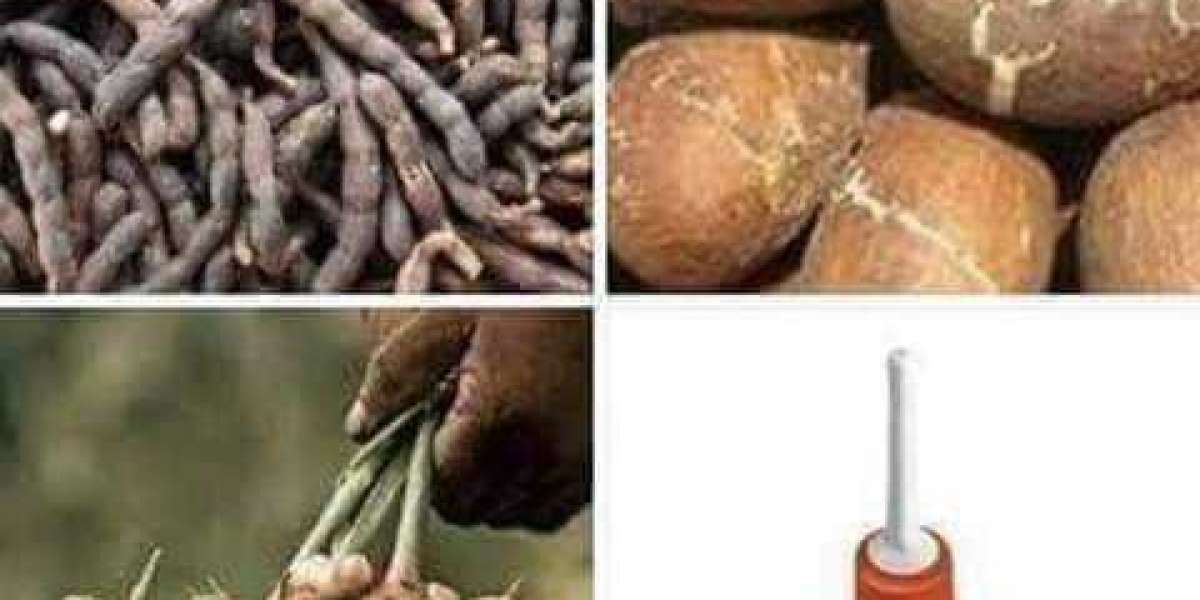THE STORY BEHIND OUR LOGO.
Following the death of the king (oba) tradition demands that his first son from the first wife be installed as king following all necessary rites.
One which would sadden him is the death of his own mother. Yes, the mother to the next oba is deemed to have satisfied her role in his life at his crowning and no longer allowed to walk amongst the living.
In the Fifteenth century, Oba Ozolua died leaving two sons to fight over who will succeed.
1. Arhuaran - first son of the first wife and heir apparent to the throne. He was bright and went to Portugal to learn more about the ways of the white men.
2. Esigie - first son to the second wife, home schooled by his mom in the traditions and culture of his people and became master of his father's court.
A powerful force arose in the Benin kingdom that would alter history in the person of India, second wife of the late king.
As customary, her grave had been dug and the time to join her ancestors was at hand, she utilized her powers as the oba's wife and mother of the next king to push for Esigie to be the Oba.
A rift between the two sons arose and would go from an exchange of words to a physical combat as each controlled a small army but Idia would gather an army around her son and successfully push for her son, Esigie to be crowned the 16th Oba of the Benin kingdom
What about her imminent death?
She thwarted that too.
Her son the new Oba enlisted the help of Omoregie Ero the 17th Ero of Benin. It was him that helped Esigie preserve Idia in 1504. Omoregie Ero had a secret groove at Idumwum-Oro at Uselu and called it Aro-Osun- the Shrine of the god of herbs- which no one, except those initiated could enter the place. For a long time, he kept Idia the mother of Esigie there while Oba Esigie also fought to eradicate the bad custom of eliminating the Oba’s mother
Successfully abolishing the law, His mom would return to the palace and be crowned Eguae-Iyoba making her the first Iyoba with full political rights.
The price for her life was cutting direct contact with her. But with her advices and directions, Esigie would go on to improve and develope the great Benin kingdom.
He would go on to defeat his brother Arhuaran who ruled Udo and subsequently the Igalas and reunite the kingdom.
The famous Idah battle of 1515 couldn’t have been won if not that Iyoba Idia dressed as a man marched alongside her son and won the war for him. Not forgetting countless assassination attempts she thwarted to save her son.
In 1550, The Queen mother died
Esigie would later commission the royal carvers at the palace to carve a figure in the honour of the woman who was not just a mother but a war general, a priestess, his advisor and a patron of arts and culture. The figure that was carved would later be used as the official emblem of the FESTAC 1977
Obas wear carved ivory pendant masks representing the iyoba during ceremonies designed to rid the kingdom of malevolent spiritual forces. An especially fine example of such masks in the Metropolitan Museum’s collection dates from the sixteenth century and is believed to depict Idia herself . Two vertical bars of inlaid iron between the eyes allude to medicine-filled incisions that were one source of Idia’s metaphysical power.






